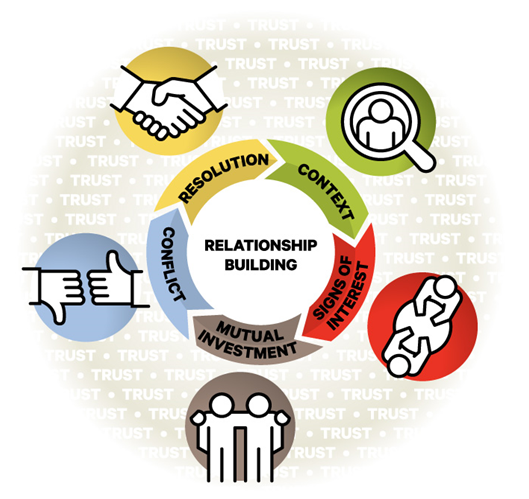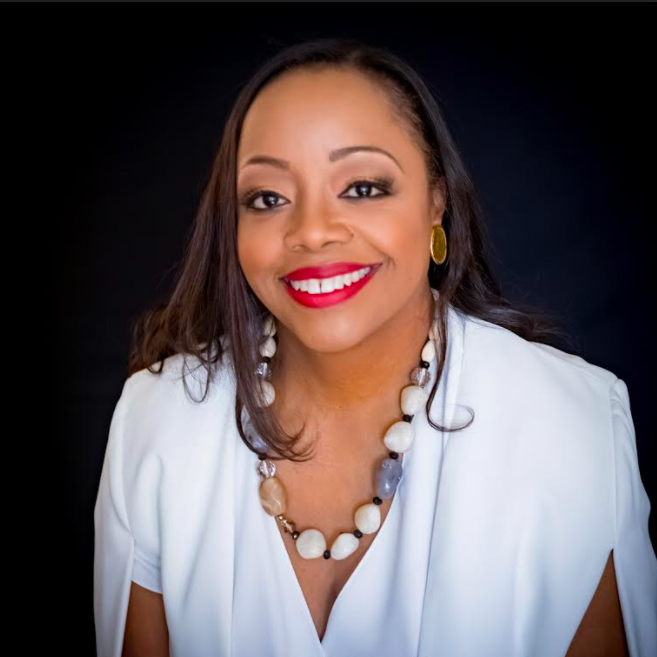
At the onset of the pandemic, the data showed that Black and Latino populations across the U.S. contracted and died from COVID-19 at rates up to three times as high as whites. For example, in Chicago, though Black residents make up only 30 percent of the population, they accounted for 70 percent of the deaths. However, one year later, as we move to vaccinate, the response in Black and brown communities has been tepid. Some residents argue that the vaccines are unsafe because companies developed them too quickly. Some are concerned about potential side effects. Others cite a lack of trust in the medical profession given the history of racist and unethical practices in their communities. At a time when we need everyone to roll up their sleeves and vaccinate, how do we regain their trust?
This pandemic highlights the need for ongoing, authentic community engagement by health institutions. Institutions cannot come to communities of color in a crisis and expect them to be receptive and responsive when they have spent decades ignoring, or worse undermining, those same communities. One way to move forward involves a five-part strategy based on humility, open dialogue and relationship building – a community engagement continuum. My organization used these steps to launch West Side United, (WSU) a multi-stakeholder collaborative focused on closing the 16-year life expectancy gap between Chicago’s downtown area and the West Side. WSU has played a pivotal role during the pandemic.

To gain a receptive audience for the COVID-19 vaccine rollout, start here: Understand the context
In this phase, organizations take the time to understand the historical context of the communities they want to serve. Communities are not under-resourced by choice. People do not choose poverty. Poor health outcomes are often a result of systemic racism and barriers. Understanding that and identifying what communities of color view as important are key. Conducting an environmental scan to learn about existing community organizations and leaders can be helpful to your work.
Prior to launching WSU, we conducted a community health needs assessment and learned about gaps in life expectancy, educational attainment, and access to quality jobs on the West Side of Chicago. We also did an asset-based community scan to learn about organizations working on these issues. This baseline knowledge helped us find partners and shaped our initiatives.
Gauge and know the signs of interest
Community members and organizations are open to collaborating, if approached correctly. That means meeting them where they are. View the start of the relationship as meaningful engagement instead of a box to check. This stage is about laying the foundation for a longer-term relationship. Institutions should also understand that employing a diverse team to reach diverse communities lays a strong foundation for relationship building.
WSU put community stakeholders at the center of the work. We conducted 50 listening sessions across 10 West Side neighborhoods and reached over 1,500 people. Residents told us how we could work together to improve health and economic vitality in their neighborhoods, and they joined our planning committee to generate programmatic ideas.
Commit to mutual Investments
Acknowledge power dynamics. Institutions are resourced, but there is also power in lived experience. The best relationships find value in both. If done right, the relationship becomes valuable and not just the program or initiative of the moment. Notably, communities of color need resources, opportunities and authentic partners, not saviors. Community stakeholders showed their commitment to WSU by joining a Community Advisory Council and implementing initiatives developed during the planning stage.
Acknowledge and embrace conflict
In large projects with multiple stakeholders and points of view, conflict is inevitable. Embrace conflict and use it as an opportunity to deepen communication. Through listening and open dialogue, conflict can become progress and lead to the next phase - resolution.
As a large collaborative, WSU was rich with program ideas, but lacked prioritization. Conflict arose during the strategic planning process. We worked through it by listening to different perspectives and ultimately voting on our top priorities.
Finally, all parties can reach a resolution
True resolution makes it easier to work with community stakeholders on future projects. Importantly, authentic community engagement never ends. It requires ongoing attention and cultivation.
By centering community voice in the work early on, WSU became an honest broker between health institutions and the community. This led to a partnership with the Mayor of Chicago to convene government, healthcare and community stakeholders to address the impact of COVID-19 on black and brown communities. WSU’s work ensured equitable access to COVID-19 education, resources, testing and vaccination. Building on this work, the Oprah Winfrey Foundation provided $5 million in COVID-19 relief funding to WSU for distribution to community based organizations across Chicago.
While community engagement strategies take time, the reward is better outcomes. When the next public health crisis hits, organizations will be better prepared to engage communities of color in ways that are authentic and effective – ultimately saving lives.
Image credit: Julian Myles/Unsplash

Darlene O. Hightower is the Vice President of Community Health Equity at Rush University Medical Center in Chicago, Illinois, and a 2020 U.S. News and World Report Healthcare Hero based on her health equity work during the pandemic. She is a member of West Side United’s Executive Leadership Council.














